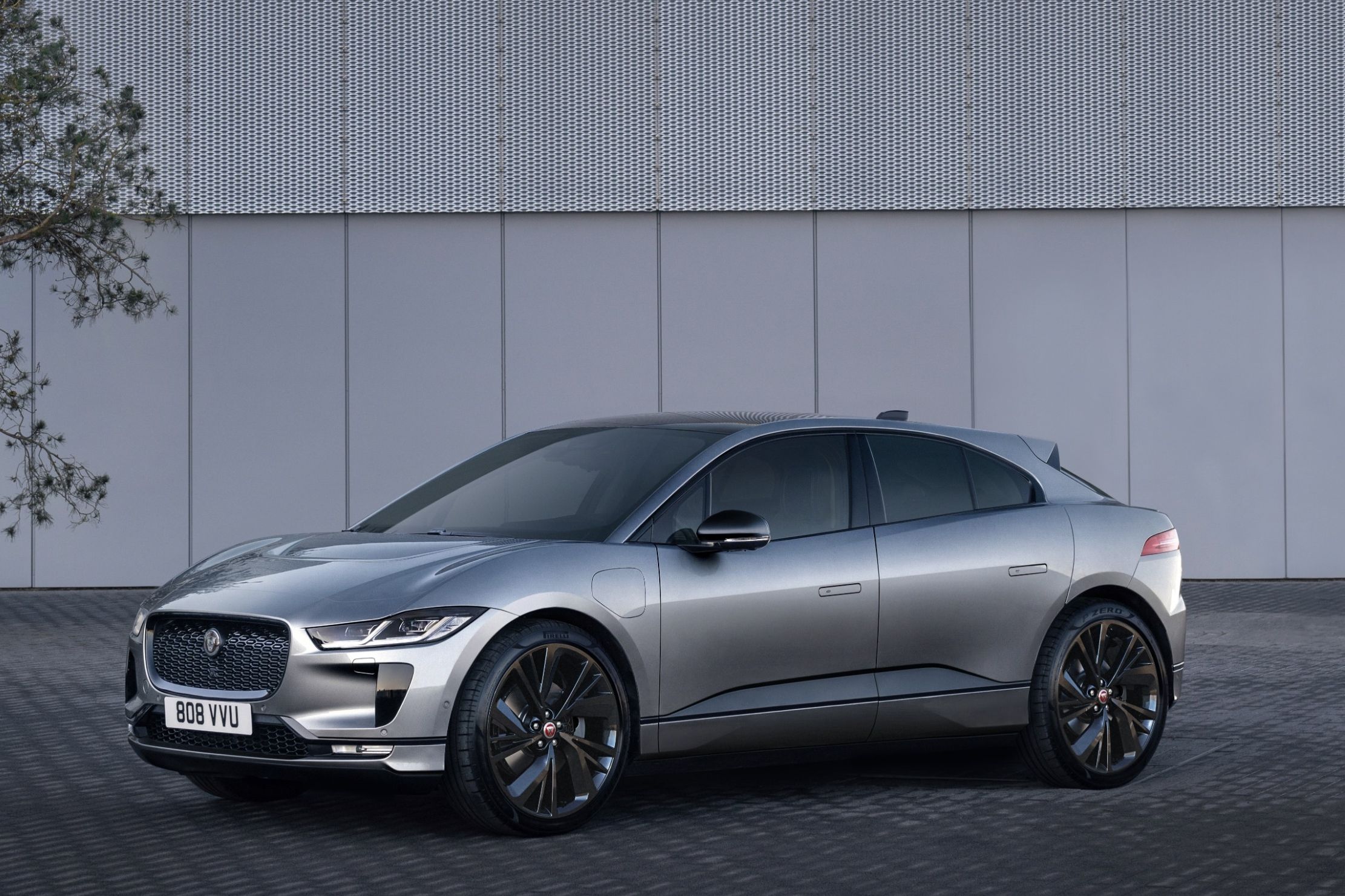
Tata Motors is an Indian automotive manufacturer responsible for saving Jaguar Land Rover. Without Tata's blank cheque, the British manufacturer would most likely have died. It also attempted to introduce the world's cheapest new car many years ago, but that didn't go as well as the Landy project.
Its latest project is predictably an EV, and it has the potential to upset the status quo. Tata's focused chiefly on charging times instead of the fastest acceleration time, prettiest design, or longest range.
The brand's new technology has been showcased in the all-new Avinya people carrier, which, in production format, would be a direct competitor to the ID. Buzz.
The Avinya is less bus-like, however. If you look at it from the front, you'd never guess what the rest of the car looks like. The front is quite aggressive with ultra-slim headlights, and it relies on LED light strips to create a more modern version of the brand's badge.
Even from the side, it looks more compact crossover-like. It's only once you open the suicide doors that you realize the Avinya has been optimized to transport families, much like the long-wheelbase ID.Buzz being developed for the US.
Tata used the positive attributes of the EV skateboard design to great effect. There's a completely flat floor with loads of legroom. We recently experienced a similar interior in the Kia EV6, but this car takes it to the extreme. The design is minimalist, and the only hint of technology is a small digital display on the steering wheel.
The front seats also swivel to get out easier or converse with passengers in the rear. It's doubtful this is the final design but rather a demonstration of how much more spacious EVs are on the inside.
The interior is only half the story. The part we're interested in is the charging. Tata's new Pure EV Architecture makes some big claims. Tata did not say how big the battery would be, but it did state that the owner would be able to add 310 miles of range within 30 minutes. That's faster than any EV currently in production, including the entire Tesla range and Jaguar's own I-Pace.
The Avinya has not been green-lit for production, but Tata has made it clear that it wants to expand its reach. It currently sells small hatches and pickup trucks in third-world countries, but a car like this could easily compete with America's best. Expanding is not as simple as that, and customers in the US are unlikely to trust an unknown brand.
We're not quite sure Tata will do it with its badge, but it does own Jaguar Land Rover. This matches with Jaguar's recent announcement that it would keep its EV development in-house to go all-electric by 2025.
